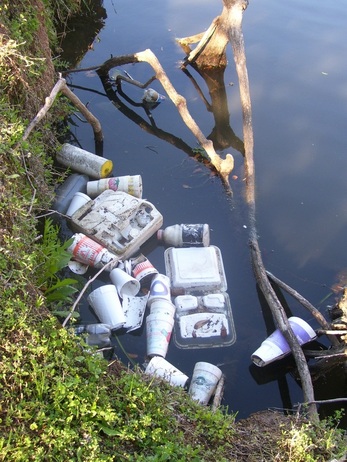Looking over old photos of inspiration I have gathered mainly for drawings and paintings, I am reminded of my interest in the found. In seeing and recording these found shapes, forms, and compositions I discover in my immediate environment. Of not disturbing them, but letting them be. Reflecting on them. Their contours. Their placement in space. And marking these things.
The camera serves as a sketching tool for me, quickly documenting these shapes, these forms, and these compositions from a specific point of view. But do the photos stand alone? Do they fully convey what I see? Most often, I am compelled to reinterpret this visual data in some way; to sort and organize, to simplify, to re-document by hand. Eliminating information and paring down images to an essential structure, the origin of which is mysterious.
The American folk artist, Bessie Harvey, referred to these mysterious structures as divine designs. When visiting the Museum of Biblical Art in New York last February, I was struck by a quote of hers referenced on the plaque next to her piece: "I am not the artist. Nature shapes my work. And God gives me a vision to see what nature has done, and then my job is to bring it out so that man can see it."
I believe my photo/sketches document these "vision[s]" that I strive to make visible. Determining the best way to "bring [them] out," though, is a continual investigation.
The American folk artist, Bessie Harvey, referred to these mysterious structures as divine designs. When visiting the Museum of Biblical Art in New York last February, I was struck by a quote of hers referenced on the plaque next to her piece: "I am not the artist. Nature shapes my work. And God gives me a vision to see what nature has done, and then my job is to bring it out so that man can see it."
I believe my photo/sketches document these "vision[s]" that I strive to make visible. Determining the best way to "bring [them] out," though, is a continual investigation.

 RSS Feed
RSS Feed
